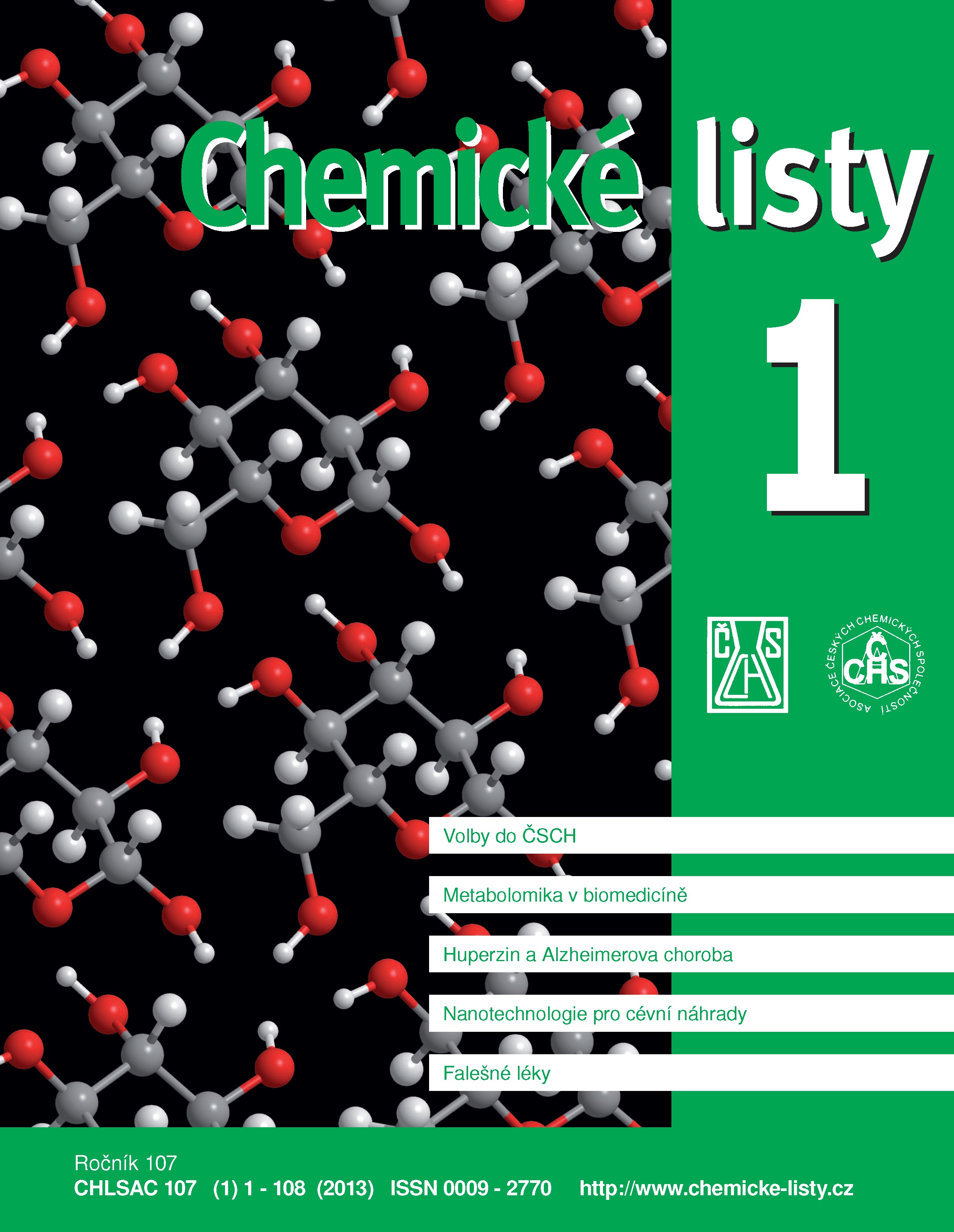Potentials of Huperzine A Use in Alzheimer Disease Treatment
Keywords:
acetylcholinesterase, acetylcholine receptor, Alzheimer disease, huperzine A, N-methyl-ᴅ-aspartate receptor, lycopodium alkaloids, ZT-1, selaginAbstract
Huperzine A, a mixture of compounds suitable for pharmaceutical purposes, has been used as an active substance in traditional Chinese medicine. The compounds mainly rank among lycopodin alkaloids from the plant Huperzia serrata and other plants from the families Huperziaceae and Lycopodiaceae and the Selaginella genus. In these families huperzine A prevails. The compounds are suitable for treatment of the Alzheimer disease (AD) by inhibition of acetylcholinesterase and antagonizing NMDA N-methyl-ᴅ-aspartate receptors. Currently clinical tests of huperzine A in the AD treatment are performed. The aim of the present review is to summarize basic facts about huperzine A compounds and discuss their suitability for the therapy.





